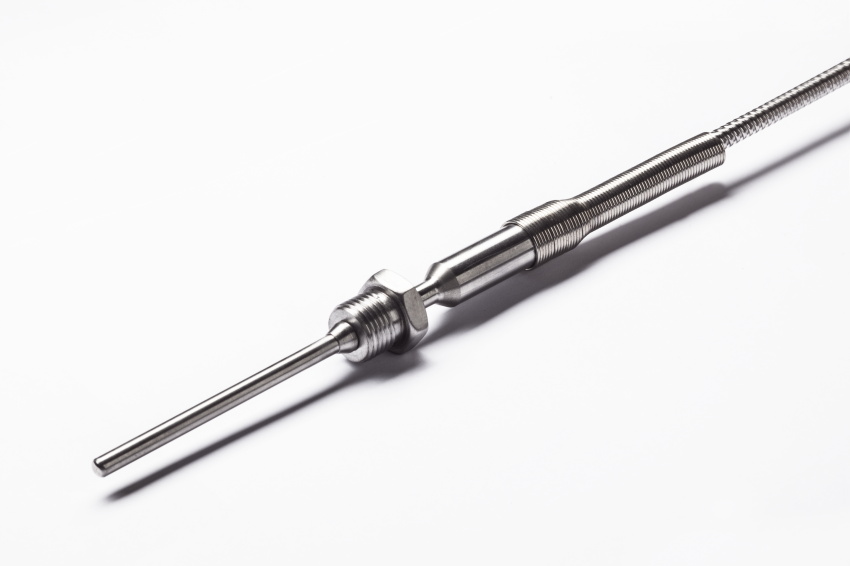Temperature is the most commonly measured parameter in the world. Temperature sensors are used in instruments that measure temperature. To guarantee accuracy and accuracy, all temperature sensors must be calibrated to known standards. However, various problems will occur in the daily calibration process. The following are the eight reasons why the temperature sensor cannot be calibrated. The contents are as follows:

1. Self-heating in thermistors and PRTs
When calibrating the thermistor and PRT, the nominal excitation current is applied. The amount of current required is usually stated in the calibration report or in the manufacturer's specifications.
We know from Ohm's law that when current flows through a resistor, power (I2R) is dissipated. This power causes the sensor to heat up, which is called "self-heating". After calibrating the temperature sensor, its self-heating has been taken into account.
When using either type of pit boss pellet grill temp sensor, make sure to set the reading to the proper excitation current. Too little or too much current can cause measurement errors. These sensors can even be damaged if too much current is applied.
Some readings automatically select the appropriate current when "Thermistor" or "PRT" is selected. Others may require manual settings. These settings are usually found in the probe settings menu. If you select the current manually, refer to the thermometer's specification or calibration report for the correct current all the time.
2. Low insulation resistance and leakage current
Low insulation resistance is sometimes called shunt resistance because it allows current to flow out of the measurement circuit. Electrically, this is like putting another resistor in parallel with the sensor. When low insulation resistance occurs, the transition junction temperature often becomes too hot. (The hub shouldn't be so hot that it's hard to touch.)
In addition, if the jacket is bent or the seal is damaged, it can result in low insulation resistance, which will allow moisture to enter the sensor and wires. This problem can usually be avoided with proper use and handling.
3. Transition junction
Different types of thermistors and PRTs usually have transition junctions. The transition junction is where the cable wires connect to the sensor wires. The leads will be soldered or spot welded. If they are soldered and the junction gets too hot, the solder will melt, which will result in an open or intermittent condition.
Typically, junctions are sealed with epoxy to keep out moisture and other contaminants. If the seal is exposed to temperatures that the epoxy can't handle, the seal may break. This allows moisture and other contaminants to penetrate the seal and reach the wires and sensor. Moisture accumulation is most pronounced when the temperature sensor is immersed at a temperature below ambient temperature or when the ambient humidity is high.
PRTs are usually packaged with powdered insulating material. This material makes the PRT less susceptible to stress caused by mechanical shock. Unless a good seal is present, the insulation will absorb moisture from the air at low temperatures. Moisture or other contaminants can cause measurement errors and cause the temperature sensor to fail to calibrate. The trapped moisture also poses a safety hazard. If the insulation absorbs a lot of moisture and the temperature sensor is placed in a high-temperature heat source, the moisture will turn into vapor, which will possibly make the seal blow up or crack the jacket.